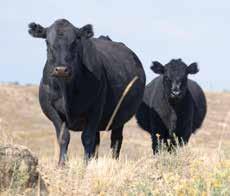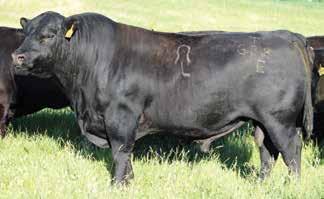










Mike Browning (707) 295-8368
Todd Stegall (530) 713-8755
Wade Lacque (530) 570-0547
Lee Leachman (970) 219-8519
Craig Hays (660) 373-1897
Jim Warren (831)320-3698
Jerrod Watson (303) 827-1156
Jeannie Coefield: (831) 801-1428
Monty Avery: (831) 320-3701
Orland Livestock Commission Yard. The address is 3877 County Road 99W Orland, California 95963
Herd Health:
Bulls sell with a complete vaccination program and ready for turnout. They are guaranteed sound and healthy. They sell with a complete breeding soundness evaluation performed in August. All bulls have received two shots of the killed Anaplasmosis vaccination.
Lot numbers: Bulls will sell in lot order and are tagged with lot numbers.
Livestock Mortality Insurance: Mortality insurance can be obtained on your purchases at the time of settlement.
Lunch: A complimentary lunch will be available sale day.
Top Line will retain a 1/2 semen interest only, in all of the bulls that sell. Buyer has 100% possession and 100% salvage value.
Delivery: Free delivery within California. Adjoining states at $250 / bull.
The cattle will sell under the terms and conditions adopted by the American Angus Association effective March 21, 1994. In the event of default in part of the terms and conditions covering this sale by either the buyer or seller, it shall be the responsibility of the buyer or seller to instigate any action necessary to bring about a fair settlement of any claims arising from the sale and to be responsible for any costs included therein. The sale management assumes no responsibility, legal or otherwise, for the failure of either buyer or seller to fulfill their obligations.
Genetic Test: All bulls out of known carriers have been tested for known defects (CA, AM, NH, and OS) and sell clean, unless otherwise noted in the catalog or from the sale block.
Guarantee: All Leachman TopLine bulls sell with an unconditional four year guarantee against any loss of use. The guarantee is pro-rated 25% per year and salvage value is deducted. This iron-clad guarantee is as good as you will find anywhere. Inquire if you have additional questions.
"I want to run as many cows as I can on the country I have while maintaining production, health, and land conservation. I have bought TopLine bulls that have been selected for feed efficiency."
Greg Harlan, Owner Harlan Livestock Taylorsville, CA
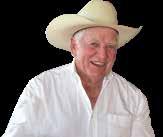

"101 Auction sold two loads of calves to Steve Peterson in KS. Both loads weighed the same 700 lbs. and both were fed the same. One load was 60% TopLine $Profit sired calves and fed for $85/ head LESS than the other non-TopLine bred load. This experience showed us, firsthand, what a huge economic profit difference these bulls produce."
Jim Warren
101 Livestock Auction Aromas, CA

"Our TopLine bulls don’t melt! TopLine bulls were better than anything else we had used before. Their confirmation, with more muscle, did not melt off in our rugged country. And they worked really hard!“
Murray Keeler Animas, NM
Memoriam: Murray Keeler Aug. 8, 1947-Oct. 18, 2020
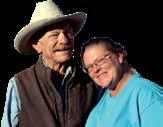 Murray's daughter, Amanda, and the rest of his family continue to use TopLine bulls.
Murray's daughter, Amanda, and the rest of his family continue to use TopLine bulls.
On December 12th, 2022, the Leachman $Profit system made its most significant advancement in history.
This unprecedented change was driven by new technology, better data, and changing markets. The primary drivers of the changes were as follows:
1. Leachman incorporated the Zoetis Fertility EPD into $Ranch and $Profit. The EPD predicts large differences in the calf crop percentage expected from a bull’s daughters!
• The Zoetis Fertility EPD was launched in May of 2021.
• After extensive investigation, Leachman believes that this EPD is the single best predictor of a cow’s lifetime productivity.

• Model analysis demonstrates that the number of calves produced in a cow’s lifetime is DIRECTLY related to that female’s probable annual calf crop percentage weaned.
• Higher Fertility EPD bulls produce daughters that will wean a higher average annual calf crop percentage weaned.
• These calf crop percentage differences drive HUGE differences in profitability.
• High Fertility EPD bulls will build cowherds with consistently better breed back, higher calf crop percentage weaned, less culling requirements, and reduced replacement rates.

• The $Profit database combines thousands of carcass data records, tens of thousands of ultrasound records, and over 75,000 DNA records to produce the most accurate carcass data predictions.
3. 2022 markets showed a record Choice/Select spread and a record Choice/Prime spread that make marbling more valuable than ever!
These modifications have significantly changed the expected $Ranch, $Feeder, and $Profit for animals in the Leachman $Profit database.

• Selection for $RANCH will build the most fertile and efficient cows.

• Selection for $FEEDER will build steers that efficiently gain and reach Prime marbling.
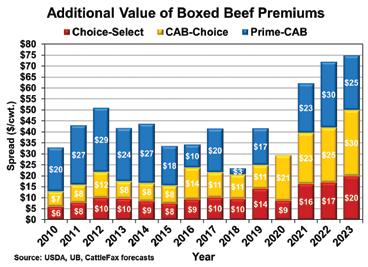
• Selection for $PROFIT will create the industries leading cowherds for fertility, efficiency, marbling, and profitability.
“

Our cows bred up 94% and our 2-year-olds bred up 90% – all in a year with 3" less than normal rain. Plus, our calves weaned 30 pounds heavier.
We’ve been using high $Ranch and high Fertility Leachman Stabilizer bulls – over 700 bulls since 2008. Our cows are getting better and our calves are improving in the feedlot.”
Shane Cox, Seifert Division Manager IX Ranch, Big Sandy, MT
It’s all working…
When it comes to picking bulls, the first thing you need to do is choose how to balance the traits. Maternal vs Terminal. $Ranch vs $Feeder. Moderate cow size & fertility vs growth and carcass weight. Leachman Cattle provides MORE data than any other bull producer. We also provide BETTER data. Most catalogs are pretty good at telling you which bulls are terminal -- just look at indexes like $Feeder, $Beef, or TI, or TSI. However, there are almost no good indexes for finding ideal maternal bulls. At Leachman, we have had the $Ranch index for some time. Now, we also have Udder stars and Fertility stars. As of today, neither Udder nor Fertility are included in $Ranch. Thus, the best Maternal bulls combine $Ranch, Udder and Fertility.
This year, we are introducing a new concept: AllAround Bulls™ These bulls score four stars or more on BOTH Maternal and Feed/Carc. They are elite for both $Ranch and $Feeder. By definition, they are high on $Profit. The TopLine bulls in the cataglog excel in $Ranch, Fertility and Udders, making them Maternal Specialist, a very high % as compared to other Angus herd in the country. Why or how? Simply put, we select for these bulls.
The AllAround Specialists are scored 4, 4.5, and 5 Stars. 5-Star AllAround bulls are five for both Maternal and Feed/Carc. 4.5-Star AllAround bulls are 4 on Maternal or Feed/Carc and 5 on the other. 4-Star AllAround bulls are 4 stars on both Maternal and Feed/Carc. We think that these AllAround bulls are the most valuable bulls in the industry. They give you maximum flexibility to keep heifers, sell calves, and/or feed out your calves and sell on a grid. These bulls will bring a little more, but they are worth it. Choose between: Maternal trait Emphasis Terminal trait Emphasis Balanced trait Emphasis
What you get: Moderate, fertile, longlived cows
pounds per acre
High gaining and heavy carcass weight Better conversion and more grid value
These bulls combine 4 & 5 stars on both Maternal & Feed/Carc How you get it:
- 5 AllAround Stars

NOTE: AllAround bulls can also be used as either Maternal or Terminal Specialists. They are just as good as the specialist. Be sure to include them on your lists.
A 4.5 Star All Around Angus bull. Excels as a Maternal Specialist with 5 Star $Ranch, 5 Star Fertility and 4 Star Teat/Udder EPDs. This Sire exemplifies the tremendous opportunity within our system to build an elite cow herd that will stand the test of time and raise calves that will excel in the feedlot. BottomLine was sold in the 2018 TopLine sale for $7500 and is still leaving his mark on the herd.
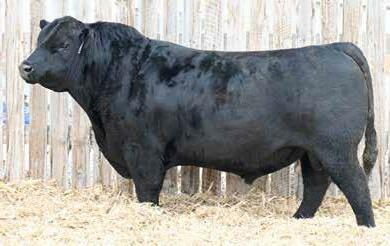
Using the 1.4 million animal Leachman database, Zoetis has developed a new fertility EPD. This FRT EPD predicts the number of calves that a bull’s daughters will have in their lifetime. When the Leachman genetic trend is analyzed – it shows a huge positive trend. This is further proof that the Leachman program indexes are selecting for improved cowherd fertility over time.

Using the FRT EPD will allow commercial herds to improve fertility and daughter retention in their herds. This year all bulls and females in the catalog have been assigned stars based on their percentile rank for FRT EPD
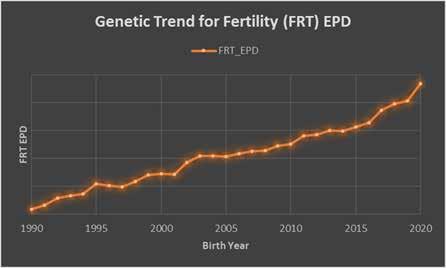

An internal evaluation of FRT EPD for proven sires indicated favorable associated average number of calves produced by daughters. The evaluation grouped 109 sires according to their FRT EPD percent rank quartile. It evaluated daughters born prior to 2010 so that all were old enough to express recorded progeny up to eight calf crops at 9 years of age.
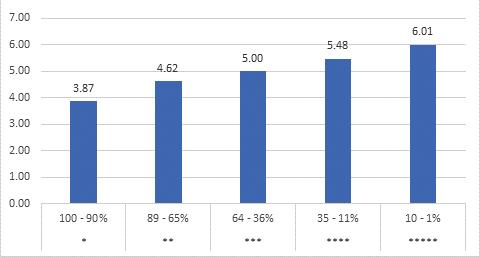
Bulls with FRT EPD in the top 25% (highlighted in green) sired daughters that on average produced over one more calf by 9 years of age as compared to the number of calves produced from daughters of sires in the bottom 25% for FRT EPD (highlighted in yellow). Additional validation of the FRT EPD is currently underway. Since the heritability of cow Fertility is lower as compared to other traits (h2= .11), the accuracy of FRT EPDs for non-parents is also typically lower.
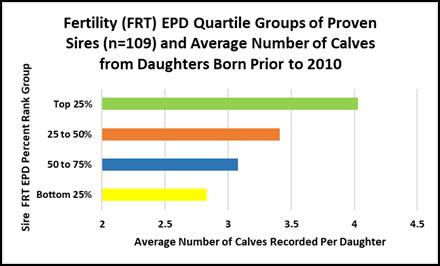
Are
There seems to be a big disconnect in today’s beef industry.
On sale day we want heavy, high quality steers to pay the bills. The rest of the time we want efficient cows to keep our costs as low as possible. Simply selecting for smaller cows with no regard for feed efficiency is not the answer. Likewise, selecting for shear growth with disregard for cost is just as poor of a strategy. The best way to make your cowherd truly efficient, and your calf crop earn more, is to use Leachman $Profit™. This is the only index in the industry that works on both sides of the ledger (production AND cost). Cows that work! Steers that pay!
$Profit assumes that the average commercial bull will have 100 progeny over its lifetime. The model assumes that you keep 30% of your heifers as replacements and that you retain ownership on the remainder of the calves through finishing and sell on a grid. We realize that many don’t retain ownership, but doesn’t it make the most sense to select from birth all the way to slaughter? Feedlots have already proven their willingness to pay premiums for superior Leachman sired calves.
Our simulation model then factors in all of the effects on both income and expense to come up with a net profit figure for each bull. $Profit allows you to compare any two bulls and calculate the difference in profit that they are expected to generate in your herd. Let’s compare a $10,000 $Profit bull to $6,000 $Profit bull (the average 2008 born Angus bull). The predicted difference between the bulls is $4,000 or about $40 per calf. $Profit works for us and it will work for you too.
$Profit includes nearly every trait that impacts profitability. The effect of most traits on profit is fairly simple to understand. Here is the list of what is included and its effect:
Calving ease = more calves ▪ Weaning and yearling EPD = more weight ▪ Fertility (days to conception) = more weight and more calves ▪ Carcass weight = worth more up to 1050 lbs. ▪ Marbling = valued based on grid premiums
Ribeye area = value as impacts yield grade ▪
% Retail Product = more yield is more meat Cost Traits ▪
Cow mature size = in general bigger eats more
Cow intake = more intake costs more
Feedlot feed efficiency = cost of gain
Some traits are not so easily characterized for $Profit. Milk, for example, is a good thing until you get too much. When over +25, milk EPD has a more negative effect on fertility than it has a positive effect on weaning weight. There are a few traits not yet included in $Profit: longevity, structure, and disposition. These traits are important but difficult to express in dollars

Calving Ease: The predicted calving ease if you use the bull on heifers. The easiest calving bulls in the industry. Use on smaller heifers with minimal assistance needed. Use on larger heifers with some assistance expected. (If no stars are shown, the animal is recommended for use on cows only.)
Maternal: An estimate of the maternal efficiency of the daughters this bull will produce. It includes cow size, milk, udder quality, fertility/longevity, growth, feed efficiency/intake and calving ease. Keep these heifers! They will make the most profitable females in the business.
Fertility: An estimate of the amount of calves the daughters will have in their lifetime. Will produce about 2 more calves in their life time than 1-Star fertility.
Udder: An estimate of the daughter’s udder quality. Thumb size teats and tight bag suspension.
Growth: A formula combines WW and YW to predict how much performance the bull will pass on to their progeny. Most growth.
Feed/Carc: A formula that combines: gain, conversion, carcass weight and carcass merit to predict post weaning performance. Maximum overall value in your feeder calves.
Feet: An observation of the bull’s claw shape. Average, 4 & 5 star will improve you herd.
Disposition: An observation of the bull’s disposition. Average - respects flight zones and handles well, but is not a pet.
Pheno: An observation of the bull’s type and kind. Average - 4 and 5 star bulls will add phenotype.
Feed:Gain: Difference in the amount of feed a bull's progeny will consume to produce one pound of gain.
Example: A -0.50 F:G EPD means this animal's progeny will consume 1/2 pound less feed per pound of gain than would progeny of a 0.00 F:G EPD sire.
Feed Intake: Difference in feed consumption of each of a bull's progeny in a 112 day feeding period.
Example: A steer whose sire has a -100 Intake EPD will eat 100 pounds less feed in 112 days than one whose sire had a zero Intake EPD.
Choosing
with incomplete or low value data can unknowingly make
herd less profitable – same work, same cost, poor results - unacceptable. Leachman ABC’s are the most reliable and comprehensive EPD’s in the industry. They are backed by a large (nearly a million), long-standing (over 30 years), multi-breed (over 15 breeds) database. Using this system assures you of making sound breeding decisions with minimal risk of failure.
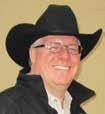


I want to run as many cows as I can on the country I have while maintaining production, health, and land conservation. I have bought Leachman TopLine bulls that have been selected for feed efficiency. I like uniform, moderate cows that work in my country – we’re getting away from cows that are too big. My expectations are being met.”
 ~ Greg Harlan, Owner Harlan Livestock Taylorsville, CA
~ Greg Harlan, Owner Harlan Livestock Taylorsville, CA
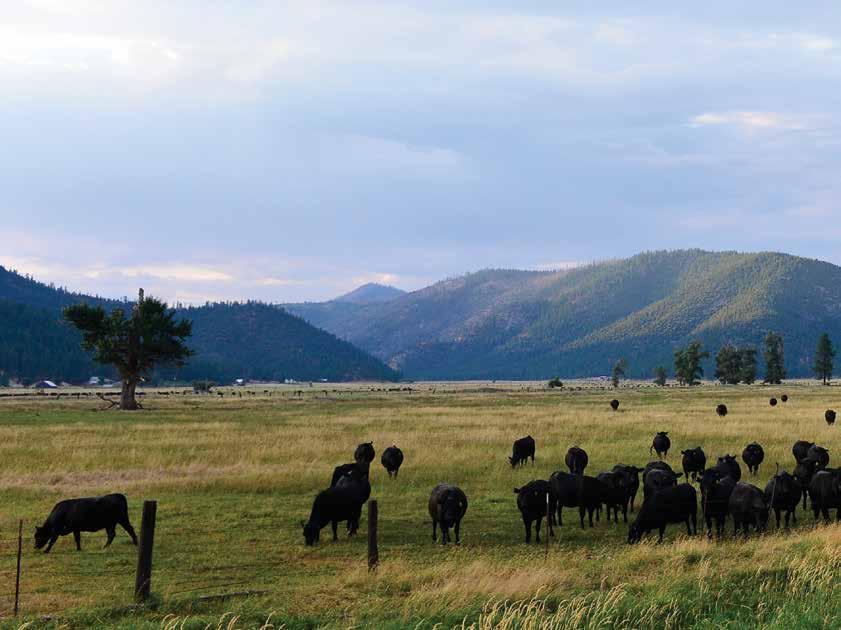 Above and below (spread) Two-year-old heifers by and bred to Leachman bulls… ready to calve.
Above and below (spread) Two-year-old heifers by and bred to Leachman bulls… ready to calve.
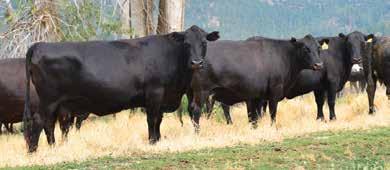
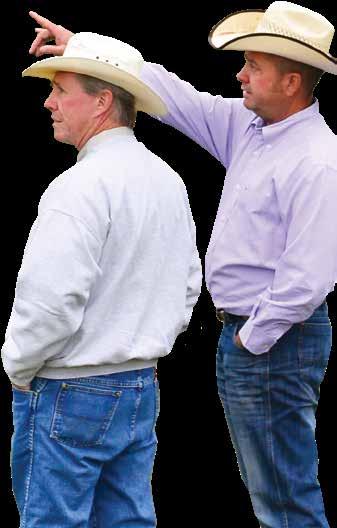

The large commercial operation runs 3,500 cows and a large stocker program. The cows are summered on high mountain meadows and trucked to lower country for winter. The cows rely on grass year round and are seldom fed. The operation relies on good cowmen, good horses, and good cattle. The outfit’s “Spear Point” brand is carried by a growing herd of quality, commercial Angus cattle.
 Mike Browning & Greg Harlan
Mike Browning & Greg Harlan
“We’re proud to call Greg a friend and customer. He has studied $Profit and all that we are doing. He buys many of our best bulls and then puts them to the test in the real world. We appreciate his business.”
~ Mike Browning
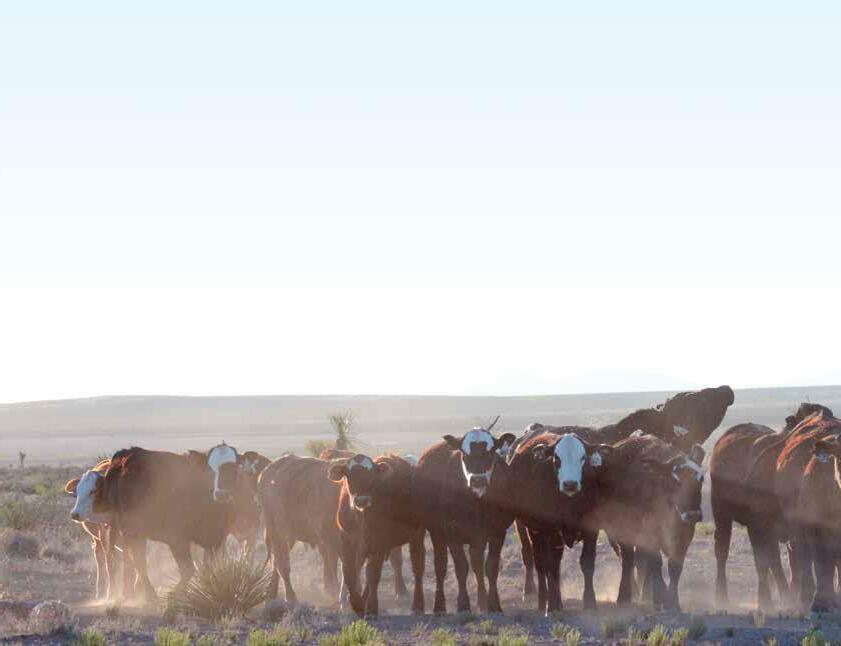

From: Murray Keeler – keelerranch.com

The families of Murray Keeler and his daughter, Amanda, ranch in New Mexico’s bootheel-shaped SW corner. The ‘corridor’ is noted for a variety of high desert wildlife, including cougars, Gould turkeys and big horned sheep.
Date: 8/23/18
To: Lee Leachman <Lee@leachman.com>
Subject: Thank you

Lee, Hope all is well with you.
I wanted to send over a quick email to thank you for both the feedback on our website and for getting in touch with some feeders on my behalf. I think highly of your program and I have no doubt they feel the same way, so I can’t help but think that this is one of the reasons we had such a successful sale.
I’ve ran the numbers and our calves sold higher than 98% of the other ranchers in the area. In the last few years, we’ve been better than 70% so I’m sure you can understand how pleased we are to have made such a big jump.
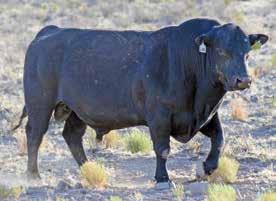
Making the decision to partner with you has been one, if not THE best business decisions I’ve ever made. I take a lot of pride in the quality of the cattle I produce, and I certainly wouldn’t be able to do it without the genetic quality you provide.
Thanks, Murray
muscle,
“Our history is one of the few in modern times that ever bought a ranch and paid for it with only cows.”
“Our TopLine bulls don’t melt!“
“Leachman bulls were better than anything else we had used before. Their confirmation, with more
did not melt off in our rugged country. And they worked really hard! “
We’re extremely happy with the cows these high $Profit bulls make. In fact, we like their daughters as well as our F1 cows. They dominate the type of our replacements, equal the F1 performance, make them more uniform, and easier to market… at the top of the market.
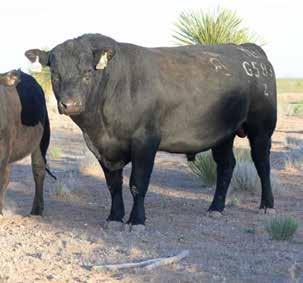
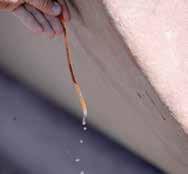
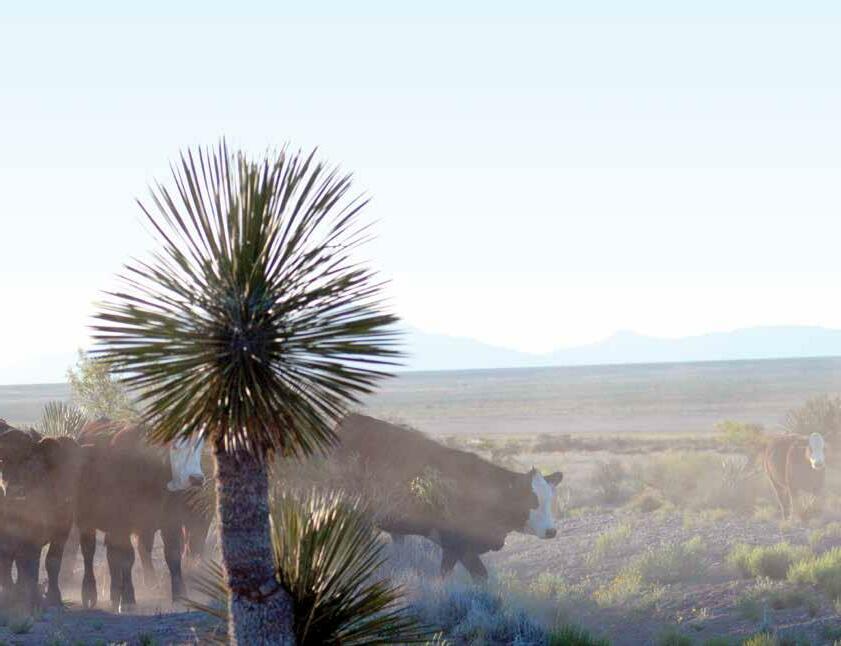

 A water drip syphoned for birds and small animals… evidence of the aridness of the land and the spirit and heart of the people.
A water drip syphoned for birds and small animals… evidence of the aridness of the land and the spirit and heart of the people.
“Today, all our bulls are TopLine bulls. We buy only high $Profit bulls with good ribeye, marbling, and feed efficiency.”
“Our TopLine sired replacements more than just compete compared with our F1 females”
1. Reg#: the registration number of the animal. NotReg means the animal is not registered. Pending means that a registration number has been applied for, but was not issued at the time of catalog printing.
2. Brd: breed of the animal if two breeds or less are involved. If more than two breeds are in the animal, then the composition shows the percent British and the percent Continental, i.e. 58B 42C means 58% British and 42% Continental.

3. DOB: date of birth
4. P = polled. S = scurred. H = horned. PP = Homozygous Polled. PH = Heterozygous Polled.
5. Cooperator herd where the bull was raised.
6. Color: BBK=homozygous black, BLK = black, BWF = black white face, BBF = black brockle face, RED = red, RWF = red white face, WHT = white, BRC = black red carrier.
7. Pen where the bull is located.
8. Genetic Defect codes - a C appended to the end denotes carrier and an F denotes tested free and P denotes possible but untested.
NH - Neuropathic Hydrocephalus
AM - Arthrogryposis Multiplex
CA - Contractural Arachnodactyly
OS - Osteopetrosis
DD -Developmental Duplication
Phenotype Scores to Make Bull Buying Easier:
9. CE: Calving Ease is the predicted calving ease if you use the bull on heifers. If there is a number in the brown box, this indicates the breed calculated calving ease direct EPD. In addition, we provide our Leachman estimated calving star system.
***** The easiest calving bulls in the industry.
**** Use on smaller heifers with minimal assistance needed
*** Use on larger heifers with some assistance expected.
10. Maternal: This is an estimate of maternal efficiency, NOT milk. It includes $Ranch, Udder EPD and Fertility EPD as the basis for the Star system. The bulls are scored from one star to five stars. Five Star bulls will produce some of the most profitable, good uddered cows in the industry.
11. Fertility: Predicts the number of calves that a bull’s daughters will have in the first 8 years of their life. As Fertility stars go up we would expect you to have a higher % weaned calf crop.
12. Udder EPD: This EPD assesses the bag attachment and teat size of the bull’s daughters. Bulls with 5 & 4 stars should sire females with exceptional udder quality.
13. Growth: This is a score from one star to five stars, where five stars means maximum growth. Even the one star bulls are as growthy as any bull in America 20 years ago.
14. Feedlot: This looks at all of the post weaning traits including gain, conversion, carcass weight, and carcass merit. Scored from one star to five stars, where five stars would produce maximum overall value in your feeder calves.
15. Feet: Is an estimate of the claw shape of an animal’s feet. The bulls are scored on a 1 to 5 scale. Bulls that are 5 and 4 Star for Feet should improve your herds feet and have a low incidence of claw issues himself. One star bulls should be used in a terminal breeding program.
16. Disposition: Our traditional score of 1 – 5 on disposition. Score 5 bulls are bulls you can walk up to and touch. Score 3 is about average historically for Leachman bulls. However, we are making a concerted effort to improve disposition, so most bulls score 3 or higher. The bulls scored 2.5 or 2 are nervous and do not like to be in close quarters with people on foot – but they are great for big range operations.
17. Phenotype: A combination of eye appeal and overall kind. Scored from one star to five stars. Five star bulls are the best phenotypic bulls in the sale (in our opinion)! Two star bulls are less attractive visually than average.
Indexes
18. $Ranch EPD: This Leachman profit index that predicts weaning profitability based on calving ease, weaning weight, maternal milk, cow cost, and FERTILITY. Based on producing 100 calves. This EPD assumes a slide on calf prices of $10 / cwt.
19. $Feeder: This number is expressed in terms of the bull’s added value to the sale price of your feeder calves. It is expressed in dollars per head. Thus when comparing a +100 bull vs. a +50 bull, we expect the first bull to sire calves worth $50 per head more at weaning (regardless of their weight).
20. $Profit™ EPD: One, simple, proven number that gives each trait a weight according to its impact on profit.
Breed Association EPDs (Expected Progeny Differences) are listed for all registered animals. Leachman ABCs (Across Breed Comparisons) are listed for all un-registered animals. All ABCs are on an Angus base and can be compared across breeds within this catalog. EPDs are appropriate association EPDs without any adjustments.
21. Birth weight EPD/ABC expressed on an Angus scale (or breed scale for Red Angus, and Charolais).
22. Weaning weight EPD/ABC expressed on a breed scale. The Stabilizers are expressed on an Angus scale.
23. Yearling EPD/ABC expressed on a breed scale. The Stabilizers are expressed on an Angus scale.
24. Milk EPD/ABC expressed on a breed scale. The Stabilizers are expressed on an Angus scale. This is the best predictor of a bull’s daughter’s ability to milk. It measures the difference in weaning weight that will be produced between one bull’s daughters and another bull’s daughters due solely to milk.
25. MWT is the predicted mature weight of daughters that you will get if you use the bull on a 1250 pound cow. If your cows weigh 1350, add 100 to this predicted weight. If your cows weigh only 1150, subtract 100 from this predicted weight. This EPD is the best indicator of daughter size -- far better than frame score or yearling height.
26. YHT is an EPD, expressed as frame score, predicting the yearling frame score of a sire’s progeny, compared to that of other sires.
27. IMF is the ultrasound based EPD/ABC for marbling expressed on a breed scale. The Stabilizers are expressed on an Angus scale.
28. REA is the ultrasound based EPD/ABC for ribeye area expressed on a breed scale. The Stabilizers are expressed on an Angus scale.
29. F:G is the pedigree estimated feed to gain EPD that predicts the feedlot efficiency of the bulls offspring. A negative number means that the bull’s progeny will feed more efficiently. Example: -0.50 means that the bulls progeny will require ½ pound less feed per pound of gain.
30. Intake: is an estimate of the amount of feed that the bull’s progeny will consume over a 112 day feeding period. It is expressed in pounds. Animals with higher intake will consume more throughout their life. Animals with lower intake will consume less.
31. SC is an EPD, expressed in centimeters, predicting the yearling scrotal circumference of a sire’s progeny, compared to that of other sires.

32. PAP: PAP EPD. If there is a number in the green box, this is the actual PAP score of the animal. If there is a circle around the score, this indicates that the score was collected above 8500 ft in Walden CO.
• Any reference to % rank is the percentile rank within that bull’s breed. Top 1% means the animal ranks better than 99% of the population on that trait.
• Reference to the number rank (i.e. #2 $Profit) is the bulls rank within his breed within the sale bulls for that trait. So, #4 F:G ST means the 4th best Feed:Gain Stabilizer bull in the sale.
• Other abbreviations used in the comments include:
• Dam 5@101 NR – indicates that the bull’s dam has five calves with an average weaning ratio of 101
• WR & NR = weaning or nursing ratio. How the calf ranked within herd on their adjusted weaning weight.
• YR = yearling ratio. How the calf ranked within herd on adjusted yearling weight.
• AWW = adjusted 205 day weaning weight. AYW = adjusted 365 day yearling weight.
• REA & IMF = either adjusted data or ratios for ultrasound ribeye area and inter-muscular fat (marbling).
• ADG = average daily gain on test. WDA = weight per day of age at a year.
• Stay = the Red Angus EPD for Stayability. This predicts the likelihood that a bull’s daughters stay in the herd. +14 means that 14% more of this bull’s daughters will be in the herd at age 6.
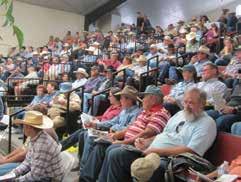
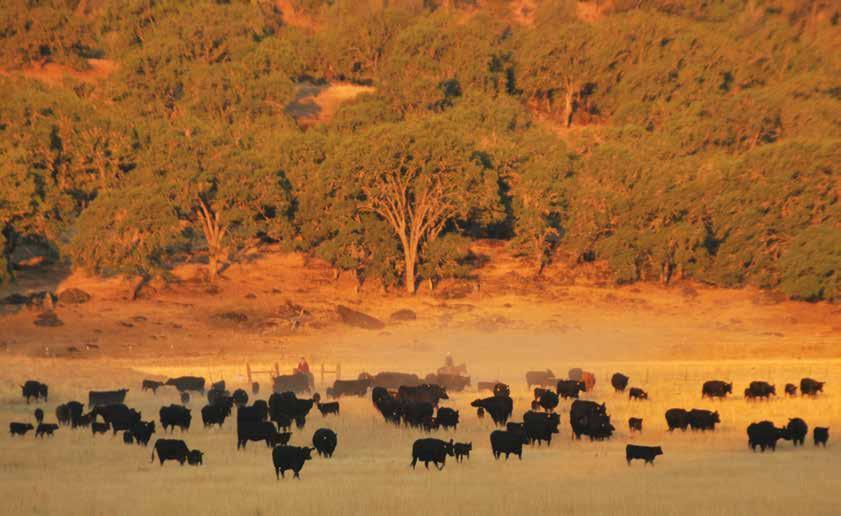
In selecting your bulls, there is only one word you need to know -- $Profit! It takes all the EPD’s and traits like feed efficiency and then tells you which bull makes more money. If you buy bulls without $Profit, then you are just guessing. If you buy these bulls, your calves jump in carcass quality, weaning weight, fertility, and feed efficiency. Your steers will catapult to the top of the list for demand from feeders!”
 ~
~
Jim Warren Owner, 101 Livestock Aromas, CA

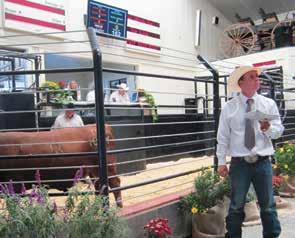
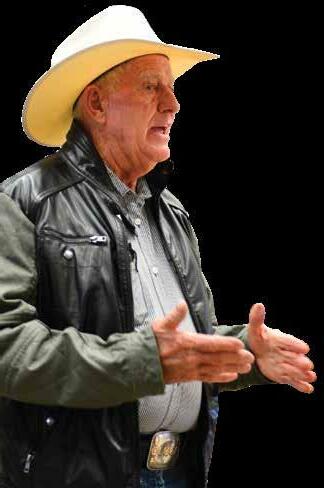
the rancher, the auction, the feeder, and the packer.
We’re working as a team to meet the consumer’s needs.
The Strohn’s ranch is a horseback/four wheeler outfit. They live at the end of the road, about 8 gates off the pavement. They are using these bulls to build a herd.”
~ Jeannie Coefield 101 Livestock Market Rep Aromas, CA

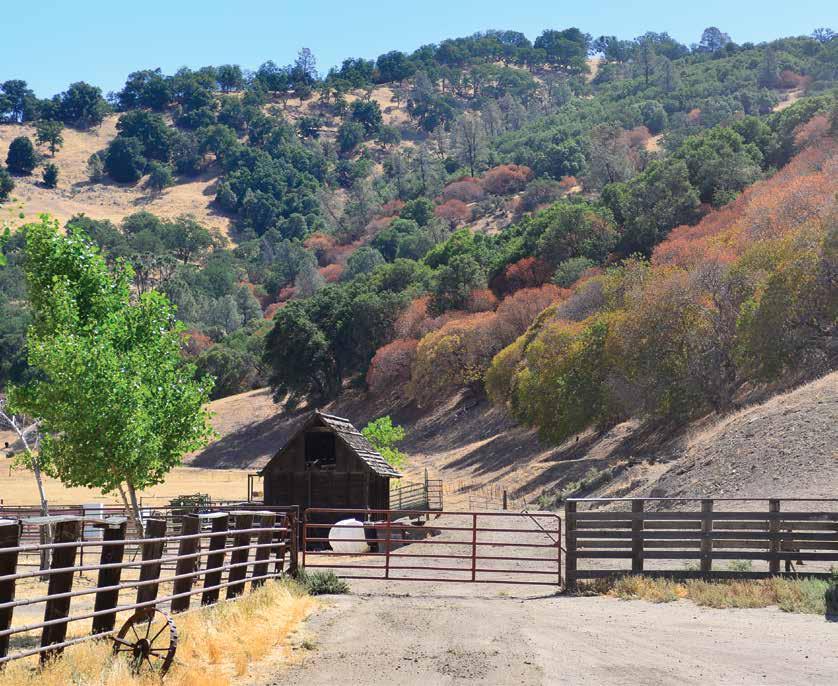
The calves come out real easy and then they just blossom. The bulls are gentle. They have no problem adapting. This will be our 6th sale and we run only Leachman TopLine bulls.”
~ Ed and Karen Strohn Paicines, CA

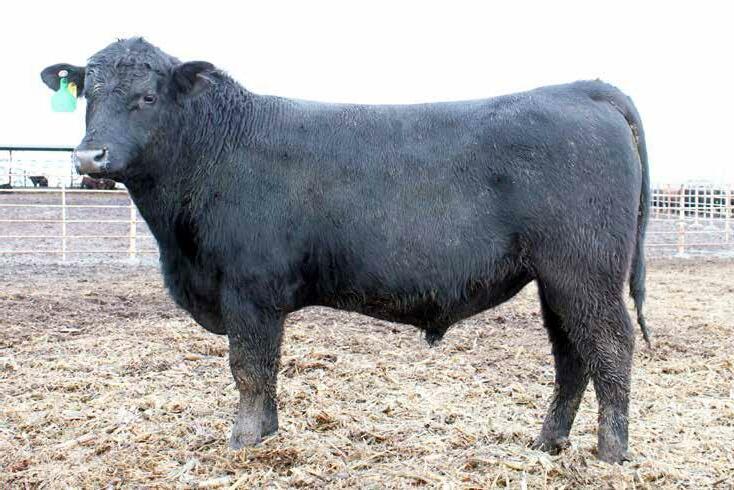


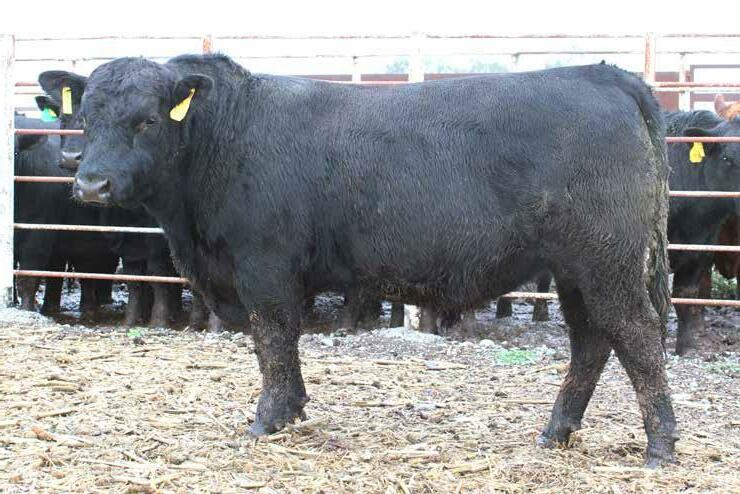

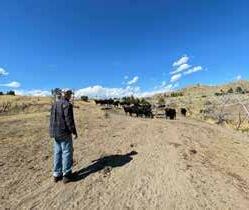

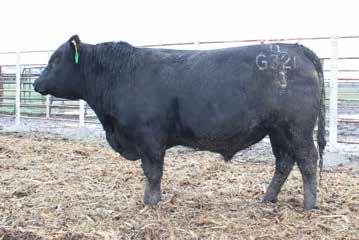



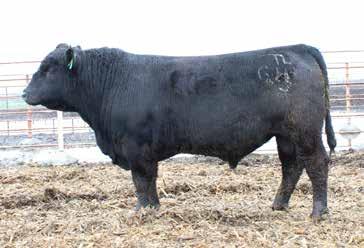
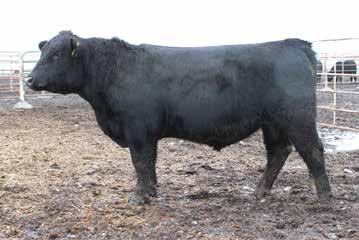

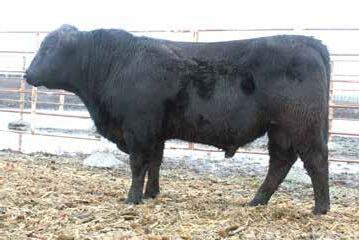


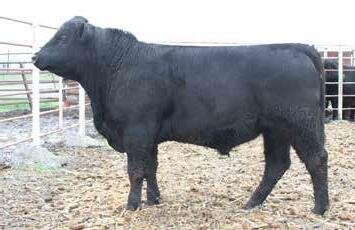




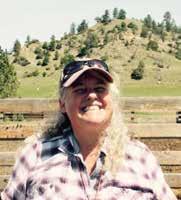
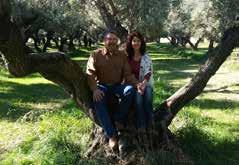

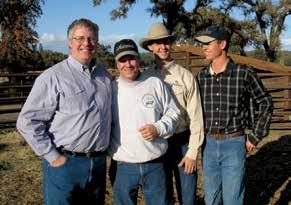
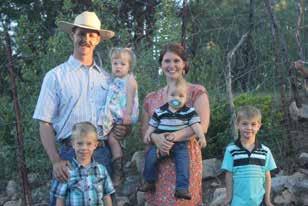
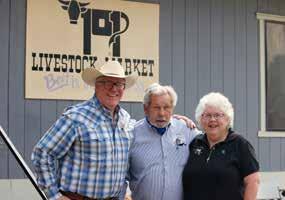
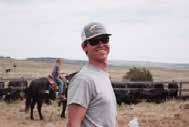

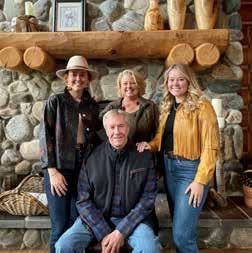

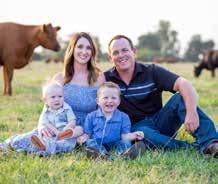
 Zech, Brianne, Owen, Oatus, Milli, & August Browning
Lee Leachman, Fletcher & Barb Thornton.
Lee with Mike, Zech, and Josh Browning.
Hayes, Case, Taylor & Todd Stegall
Sydney, Lisa (LCoC partner), Cade and Mike (LCoC partner) Browning
Ron Minudri and Larry Menzio
Jim & Danette Robertson
Josh Browning
Zech, Brianne, Owen, Oatus, Milli, & August Browning
Lee Leachman, Fletcher & Barb Thornton.
Lee with Mike, Zech, and Josh Browning.
Hayes, Case, Taylor & Todd Stegall
Sydney, Lisa (LCoC partner), Cade and Mike (LCoC partner) Browning
Ron Minudri and Larry Menzio
Jim & Danette Robertson
Josh Browning
Generations of breeding decisions have laid the foundation for your herd. Now you can continue—and improve— that legacy with INHERIT Select,™ a genomic tool to help cow-calf producers with crossbred cattle make more informed selection and breeding decisions.
INHERIT Select provides the industry with Genomic Expected Progeny Differences (GEPDs) for 16 traits that inform three economic indexes which simplify complex information to make better management decisions easier.


A replacement can take about 4 years to break even.1 Identifying females that produce more valuable calves can add value long term.
With GEPDs and indexes provided by INHERIT Select, you can make earlier and better selection decisions to identify future replacements. Selecting the right replacements is critical to the future of your herd, and has a direct impact on short-term profitability.
• Earlier marketing decisions can help reduce heifer-raising costs and generate revenue.
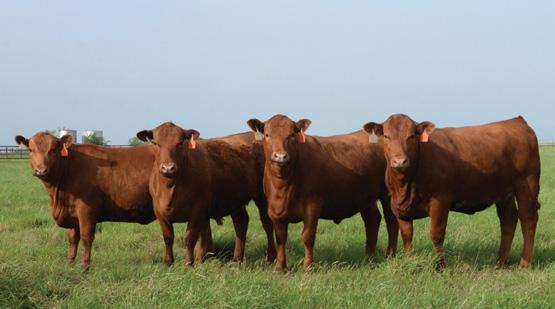
• Future herd productivity is accelerated by selecting females with more favorable predictions.

INHERIT Select identifies genomic approximations of breed composition to help harness hybrid vigor and optimize production efficiency by:
• Determining emphasis by breed contributing to crossbred GEPDs
– Incorporating parent information for improved accuracy
• Indicating potential maternal hybrid vigor that favorably impacts reproduction, fitness and survival traits
• Helping to inform breeding decisions in future calf crops
Commercial producers around the country are signing up to use I nherit Select to pick their replacement heifers. By doing so, they are accelerating their herd’s genetic improvement so that their future cows will be more productive and their future feeder calves will be more valuable. It’s just that simple. They are building a legacy of future profitability!
What you get: The following information will come back on every female you test.
• DNA matching to the sire and dam if they have DNA on file with Zoetis.
• BW, WW, YW, DMI (Dry Matter Intake), Feed:Gain, Yearling Height, Milk, Teat & Udder Composite Score, Docility, Scrotal, Carcass Weight, Fat, Ribeye Area, IMF (Marbling), and Tenderness. Plus, you will receive the new Zoetis Fertility EPD. All EPD’s are expressed in the same format and are scaled in a way to make them comparable to EPDs shown in all Leachman catalogs. Plus you get % rank on your animals compared to all other Inherit Select Animals.
• Indexes: Zoetis Total Return, Zoetis Cow Calf, and Zoetis Feedlot Carcass, $Profit, and $Ranch.
• Breed composition: %Angus, % other British, %Continental, and %Other (dairy or Indicus).
• Optional traits: Pulmonary Artery Pressure EPD, Color, Horned/ Polled status.
• Inherit Select costs $28 / head.
• To receive $Ranch & $Profit, the cost is $33 / head.
• PAP, Color, Polled, genetic defect testing, and BVD are all add on costs.
After contact, you will receive tissue sampling equipment via mail. This equipment is included in the cost of the tests. Then you will fill out an order form and mail the tests to Zoetis directly. Results will be returned to you electronically within 4 weeks of Zoetis receiving the tests.
• The test tells you WHERE YOU RANK within the industry on all of the key traits including $Profit and $Ranch.
In the typical herd, we see a range of approximately $10,000 between the top 10% of the females and the bottom 10% of the females on $Profit.
On $Ranch, the top 10% of the females are typically $50 lower than the top 10% of the females.
• The test helps you identify females that you may NOT want to keep as replacements. For example, you might want to consider culling heifer calves for the following reasons:
• Too little growth rate.
• Too much or too little milk for your environment.

• Too much potential mature cow size.
• Poor future udder quality.
• Poor docility.
• Poor feedlot and carcass traits.
• Excessive feed requirements.
Seeing this information on replacement heifers that you have already chosen is particularly eye opening. Once they see the data, most ranchers want this information to help pick future heifers.
• Finally, and perhaps most importantly, by testing you can accelerate your herd’s rate of genetic improvement.
• Take samples on 30 to 50 (or the entire group) of heifers that you plan to breed this Spring. This will tell you where you are and tell you what you could improve on the heifers you plan to breed.

• Plan to take samples on your 2021 Spring born heifer calves. Ideally, you should sample two heifers for every one you plan to keep – this will give you optimal selection pressure to eliminate heifers with undesirable traits AND improve your index values for $Ranch and $Profit.

With the Zoetis and Leachman
now in full swing, we have many


